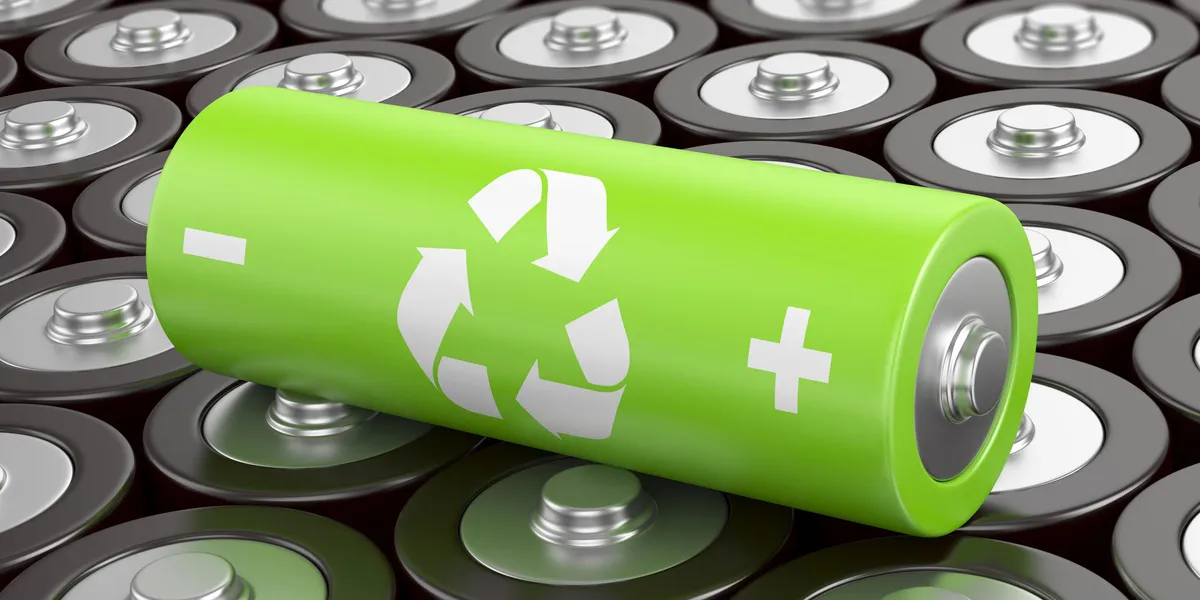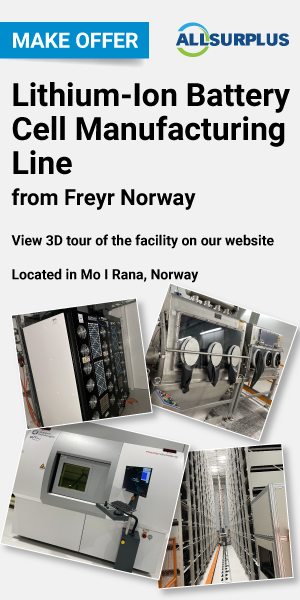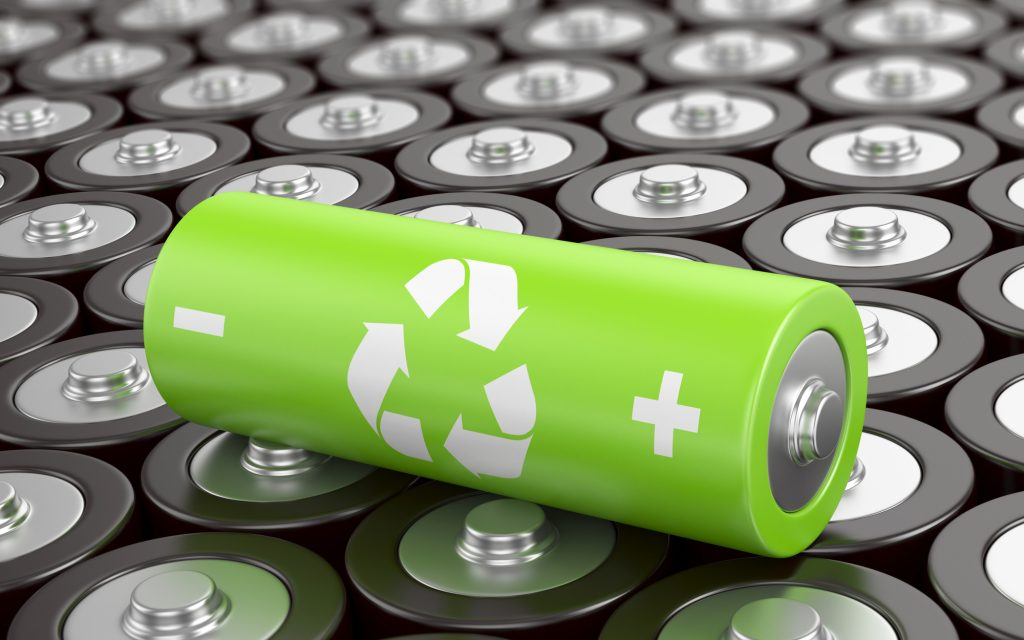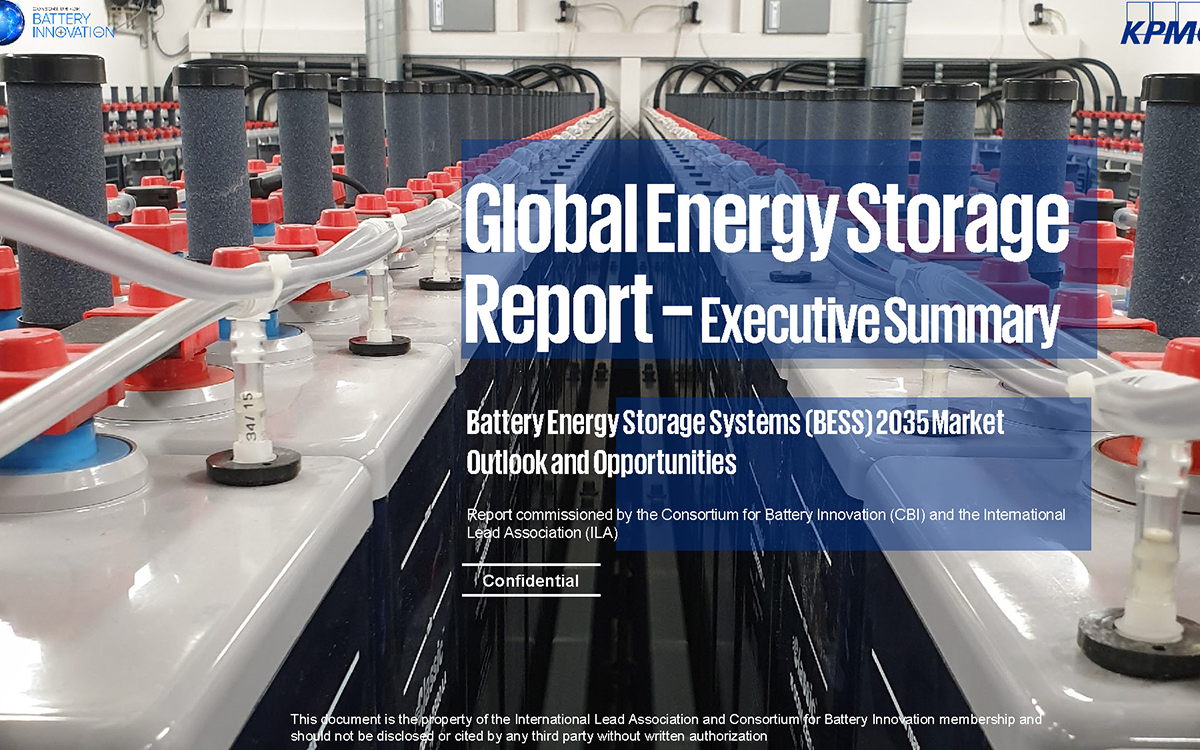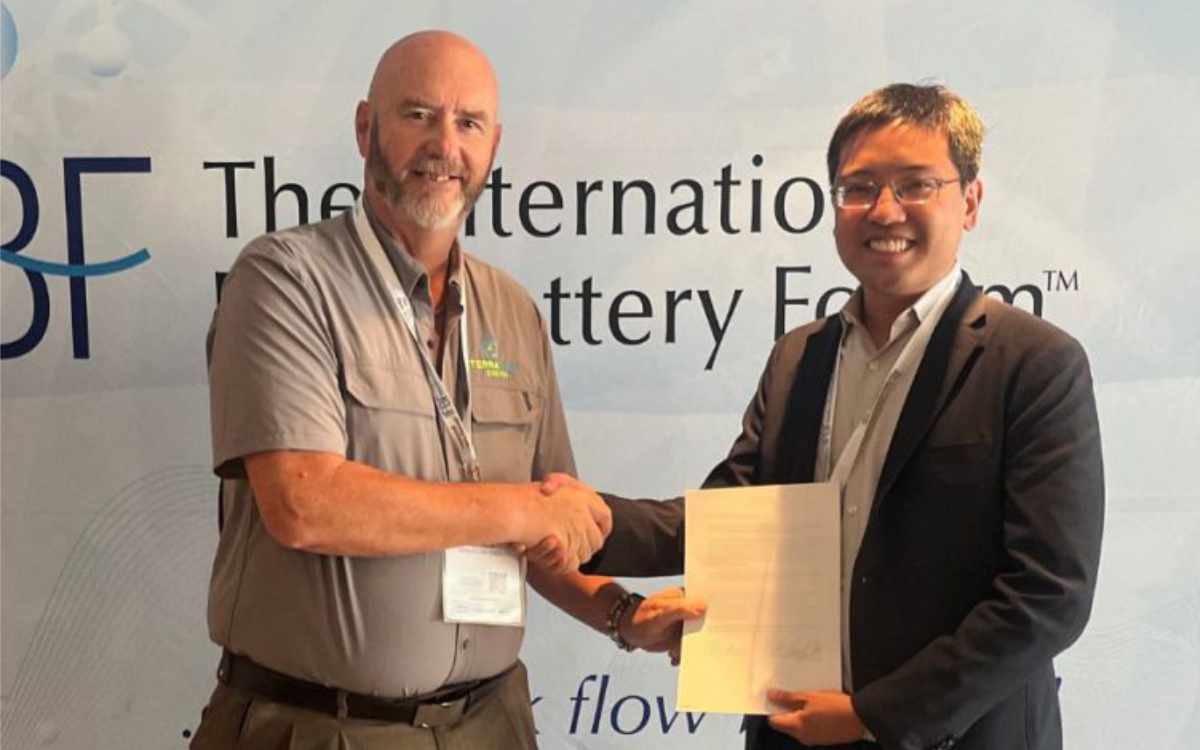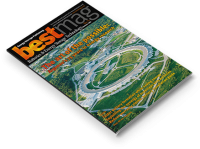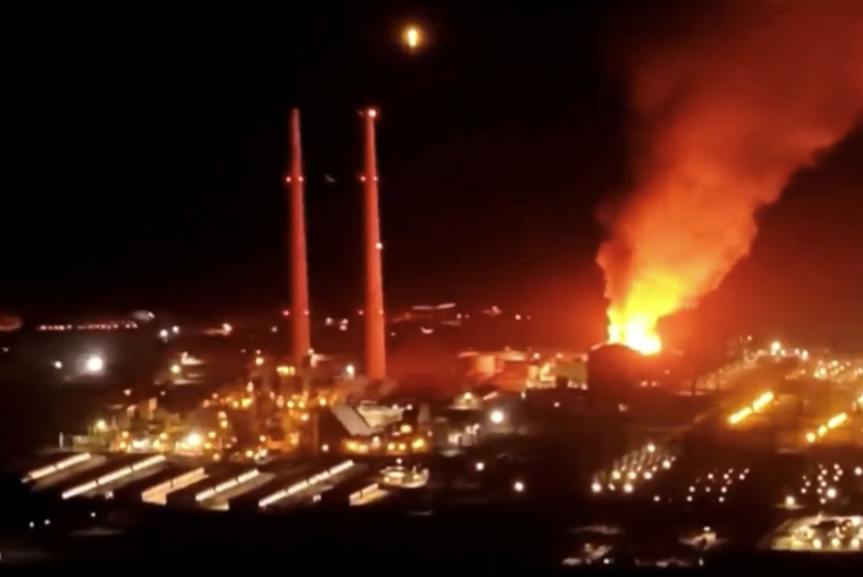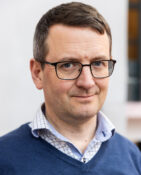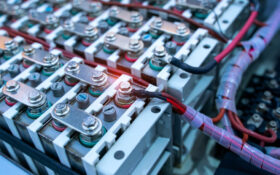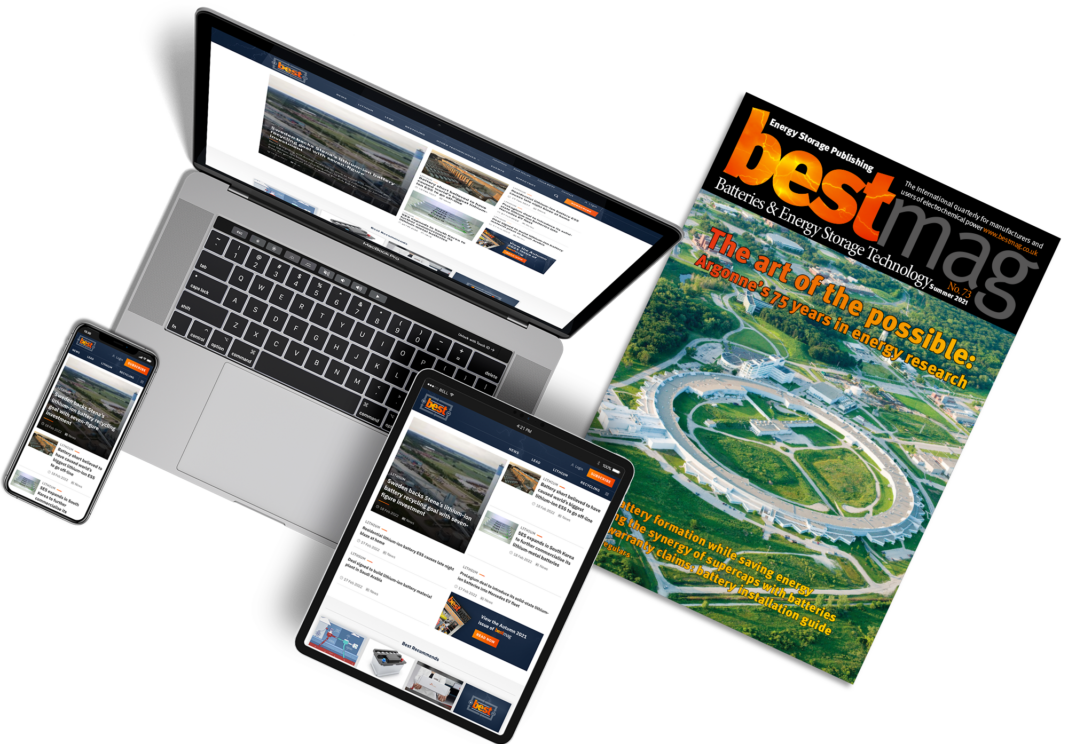A research team from two Chinese universities and the National Engineering Research Central of Advanced Energy Storage Materials reports in the journal Angewandte Chemie International Edition about a new method of processing spent lithium-ion battery waste. The researchers describe a hydrometallurgical process in neutral solution. They claim that this amino acid (glycine) assisted technology allows for the extraction of lithium and other valuable metals in an environmentally friendly, highly efficient, and inexpensive way.
Current hydrometallurgical methods for the reprocessing of spent lithium-ion batteries are based on acid or ammonia leaching processes. Use of acids and bases increases the environmental impact and safety hazards. The team said that their pH neutral process will be safer and more environmentally friendly.
The Chinese researchers used an innovative method for studying the recycling process. In situ primary battery effect, based on the solid-solid reduction was designed and constructed. It can effectively enhance the reduction efficiency of high-valent metals by leveraging electron transfer during the neutral leaching. Specifically, benefitted from the ligand complexation reaction of glycine, the valuable metals can be efficiently leached within a neutral environment. These ions are “trapped” in complexes by the glycine. Glycine also has an additional task: it buffers the pH value of the solution, maintaining a neutral range. Thus, it can achieve ultrafast efficiency with reduced chemical consumption and less corrosive wastewater. Barely any harmful gases are produced, and the glycine effluent is suitable for use as a fertiliser.
The reports shows that an efficient leaching of 99.99 % Li, 96.86 % Ni, 92.35 % Co, and 90.59 % Mn can be achieved within 15 minutes, which has extended applications for various kinds of layered cathodes. The intractable problem that the effective extraction is available only under the aggressive acid/alkali-ion conditions, is well-solved within a mild leaching atmosphere.

